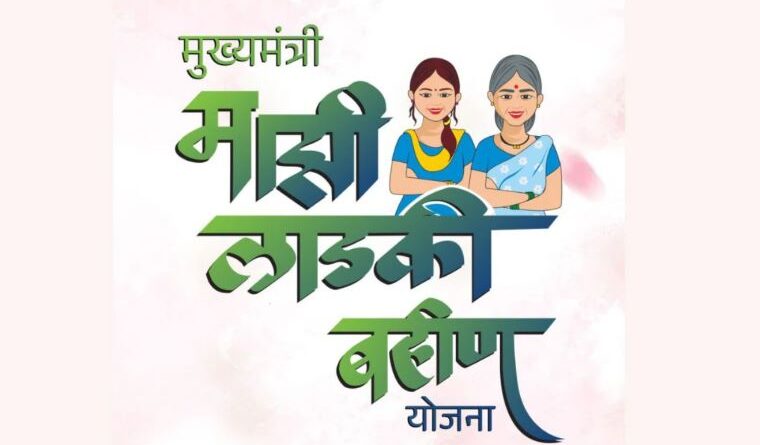₹4,800 Crore Scam Rocks Maharashtra’s Ladki Bahin Yojana: A Welfare Dream Gone Wrong?
The Mukhyamantri Majhi Ladki Bahin Yojana was launched with noble intent—to support low-income women across Maharashtra with a monthly assistance of ₹1,500. But what began as a social welfare lifeline has now snowballed into one of the state’s biggest financial scandals, with fraud, mismanagement, and political outrage at its core.
What Was the Ladki Bahin Yojana About?
The Ladki Bahin Yojana, introduced in August 2024, was aimed at empowering women between the ages of 21 and 65 who belong to families earning less than ₹2.5 lakh annually. The goal was to help them with everyday expenses and improve their standard of living through a monthly Direct Benefit Transfer (DBT) of ₹1,500.
Over 1.5 crore women applied for the scheme, and lakhs began receiving payments by mid-2025.
What Went Wrong?
Massive Fraud Discovered:
An internal audit revealed that:
- Over 14,000 men fraudulently received the money by manipulating the digital application system and posing as women.
- ₹21.44 crore was lost just through these male claimants.
But this was just the tip of the iceberg.
26.3 Lakh Ineligible Beneficiaries
Further scrutiny uncovered that over 26.34 lakh women were receiving benefits despite being ineligible due to:
- More than two women from the same family applying (violating the rules),
- Beneficiaries exceeding the upper age limit of 65,
- Ownership of four-wheelers or high-value assets (which disqualifies applicants).
These loopholes resulted in a financial loss of over ₹1,640 crore, with estimates climbing even higher as deeper audits continue.
Political Uproar
The findings have triggered intense political heat:
- NCP MP Supriya Sule alleged that the total scam could be worth ₹4,800 crore, calling it one of the largest financial misuses in state welfare history.
- She has demanded an SIT (Special Investigation Team) or CBI probe into how the digital verification systems failed to catch so many ineligible or fake applicants.
Meanwhile, Deputy CM Ajit Pawar confirmed the fraud, stating that recovery proceedings have begun and strict action will be taken against those responsible. He assured that male recipients will have to return the money or face legal consequences.
Suspension of Payments
In response to the scandal:
- Payments to the 26.34 lakh flagged beneficiaries have been suspended as of June 2025.
- Verification duties have been assigned to local district collectors to ensure clean-up of the records.
- Around 2.25 crore verified women still received their rightful stipend in June.
The government is now tightening scrutiny measures and auditing the back-end systems to prevent similar lapses in the future.
Breakdown of Financial Irregularities
| Fraud Type | Estimated Loss |
| Male applicants (14,000+) | ₹21.44 crore |
| Duplicate applicants from families | ₹1,196 crore |
| Over-age women (65+) | ₹431.7 crore |
| Asset disqualifications | Significant |
| Total so far | ₹1,660+ crore |
| Alleged by opposition | ₹4,800 crore |
What Caused the Breakdown?
Some of the key issues flagged in this scheme’s mismanagement include:
- Poor validation of Aadhaar-linked data.
- Lack of automatic cross-verification with asset ownership databases (e.g., vehicle registration).
- Over-reliance on self-declaration during the online application process.
- Limited ground-level verification by local bodies before disbursal.
Lessons to Learn
This incident reflects the need for:
- Robust beneficiary validation using biometric and linked public databases.
- Transparent reporting mechanisms for red-flagged cases.
- Citizen grievance redressal forums to allow rightful claimants to appeal.
- Audit automation tools to track irregularities in real-time.
Final Thoughts
The Ladki Bahin Yojana was meant to be a landmark step in women’s financial empowerment. But the unfolding scandal shows how even the most well-intentioned welfare schemes can be derailed by weak oversight and digital loopholes.
Going forward, it’s not just about recovering lost funds—it’s about restoring trust in public welfare systems. The state government must act swiftly to punish the guilty, fix the broken system, and ensure genuine beneficiaries are not punished for administrative failures.

